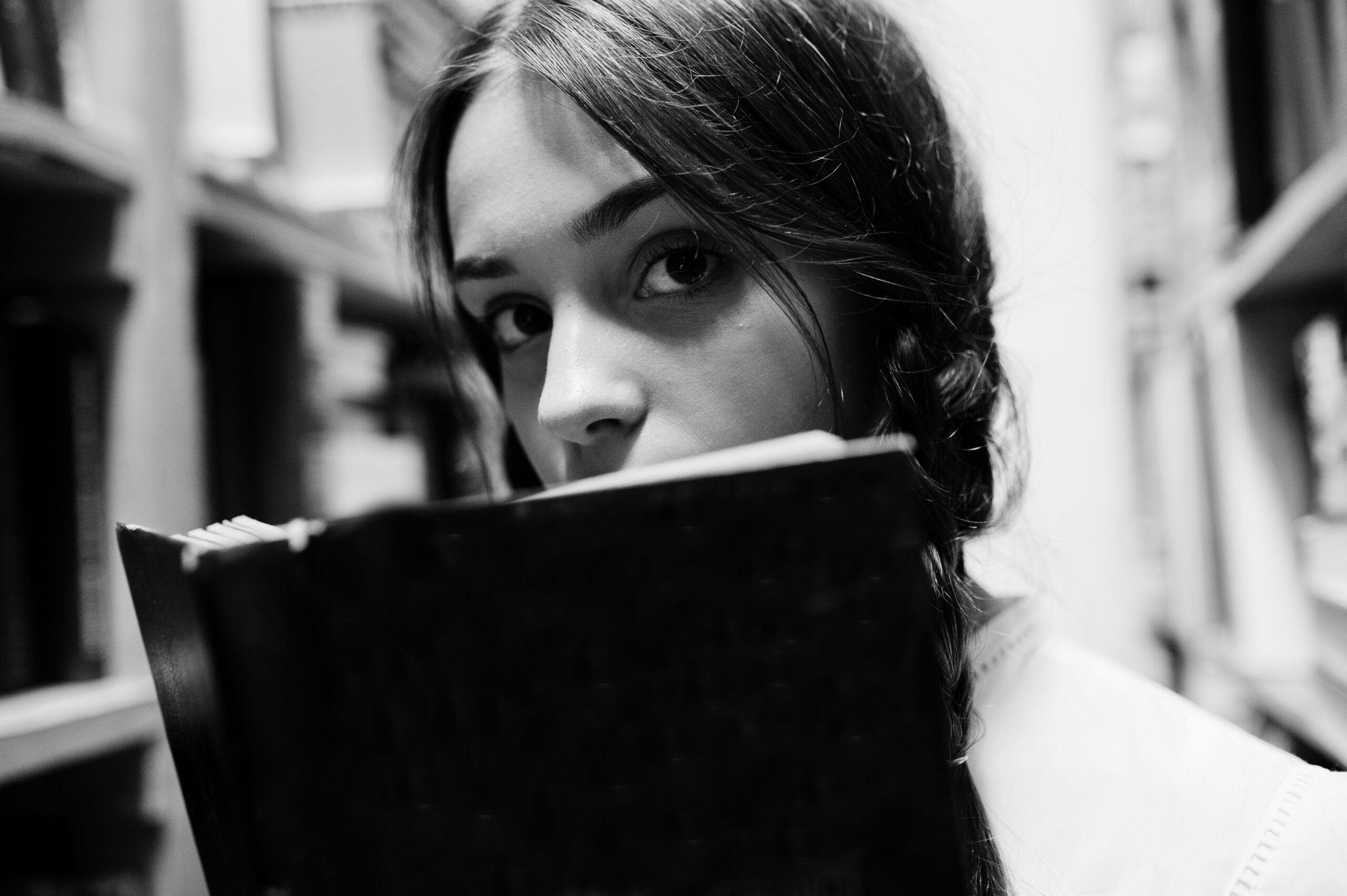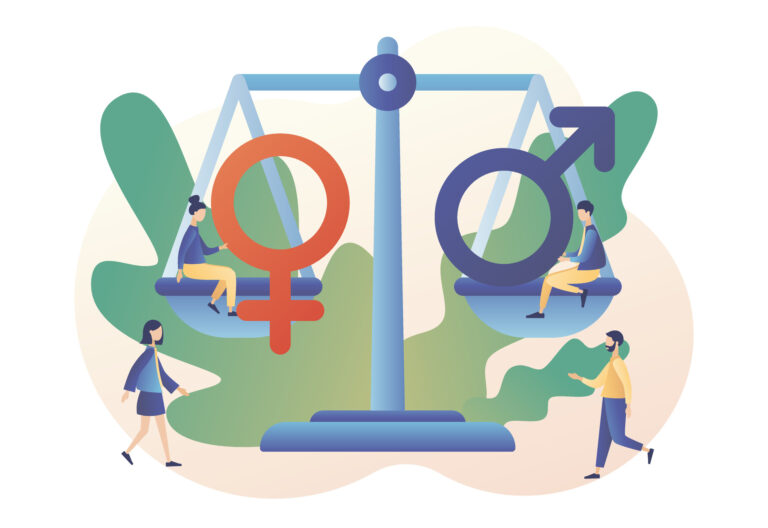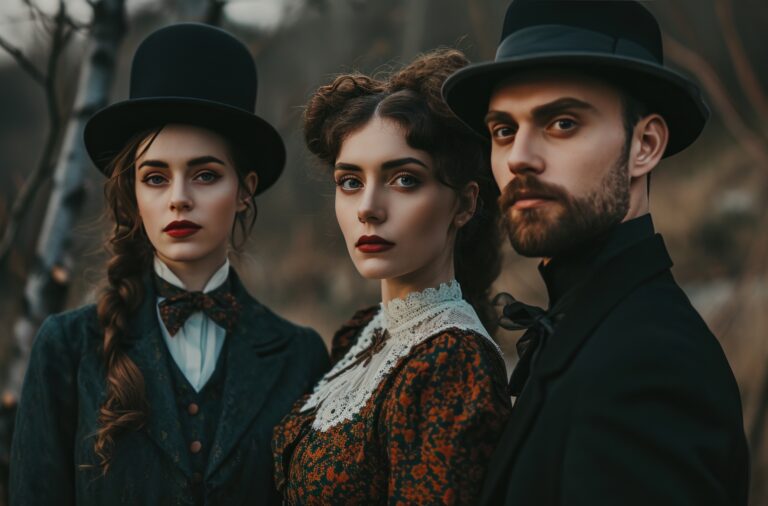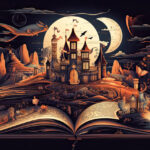A Modern Literary History
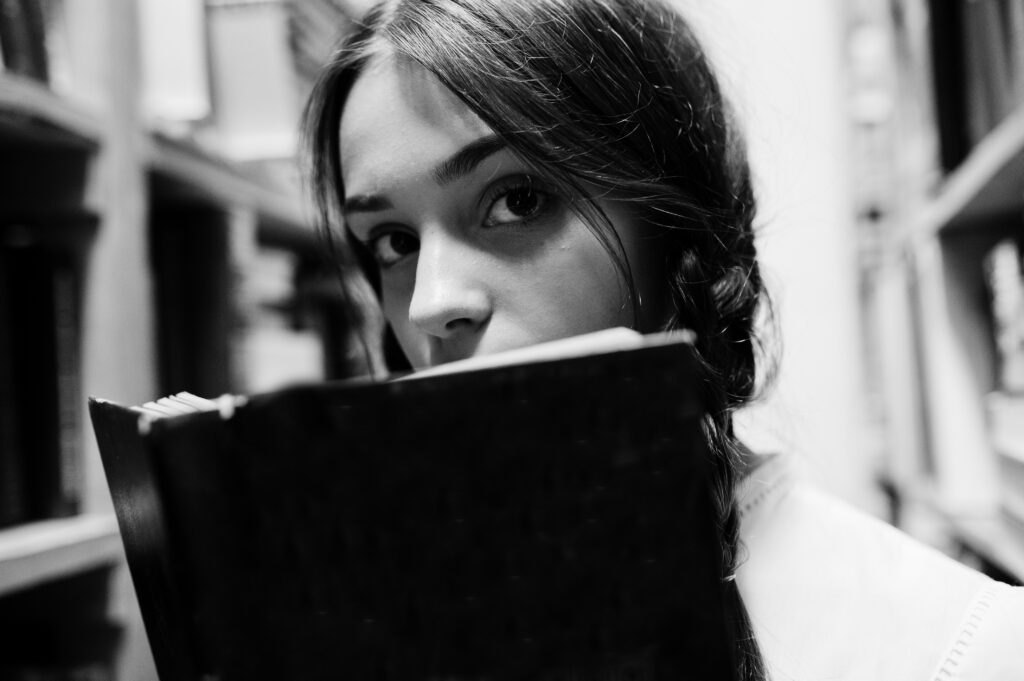
“I have love in me the likes of which you can scarcely imagine and rage the likes of which you would not believe. If I cannot satisfy the one, I will indulge the other.”
These words from Mary Shelley contain a pulse, an intensity, transporting us to a moment in our lives where our emotions overtook rational judgment. This powerful quote underscores the profound connection between two genres that are often pitted against each other: romance and horror. Both can trigger our strongest emotions and base instincts. They activate our sympathetic nervous system, giving us a fluttering warmth or an icy dread. These genres, often perceived as being at odds, share a deep and symbiotic relationship.
I love both horror and romance, plus I’m a woman. So, it frustrates me that some dismiss romance as a lesser genre because it’s associated with women. To me, they’ve always been two sides of the same coin, but I’ve never had the time to explore why my subconscious is so strong in this conviction. Yes, I can grumble, go angry feminist, and blame the patriarchy, but I would much rather educate others. I feel very selfish on this point, but frankly, I want a wider range of stories to immerse myself in. I know I have best friends that haven’t been written yet. I want to bring them out of my mind and onto pages so I can meet them and be part of their journeys. I have given myself permission to go down this rabbit hole of Love + Horror, and I intend to explore this thoroughly. Both genres delve into the most intense human emotions—desire, fear, longing, and dread. The reality is romance and horror, often seen as gendered rivals, have evolved together, exploring the depths of our hearts and minds.
I am going to start my exploration with a modern history from the birth of recognition. We will explore the evolution of these genres. They have mirrored and reshaped each other over the centuries. This has changed how we understand human emotions. By studying their newly enmeshed histories, we can see that romance and horror are not at odds, but rather, they play off each other, complement and heighten one another, producing narratives that terrify and move.
The Legacy of Mary Shelley
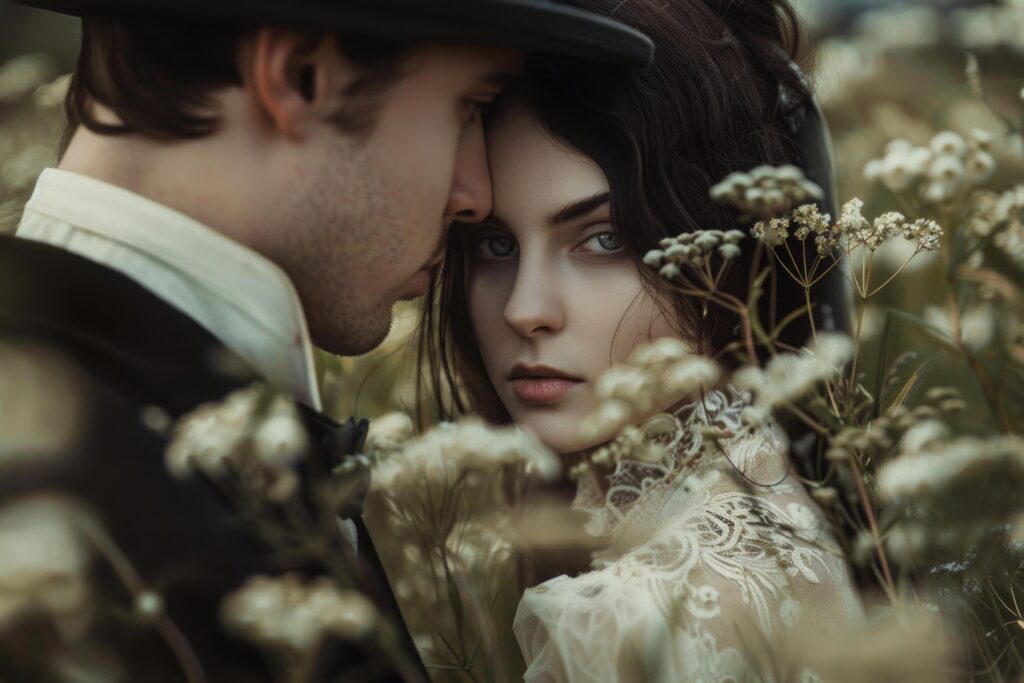
“With how many things are we on the brink of becoming acquainted if cowardice or carelessness did not restrain our inquiries.”
Today, many credit Mary Shelley’s Frankenstein as the work that began the shift to modern storytelling. Frankenstein didn’t cross genres; it mixed them. One could argue that many Greek myths also mix genres. But Shelley did so using science, not divine intervention, at a time when society was on the cusp of the Industrial Revolution. The Enlightenment was blurring the lines between the natural and the supernatural. Shelley’s novel combined the timeless genres of Gothic horror and romance while birthing science fiction. (I’m not going to write about the birth of science fiction in this article because it deserves one of its own.) But all this was not what made her work so pivotal.
Frankenstein started the “show, don’t tell” movement in literature. Anton Chekhov coined the phrase 40 years later, in the 1860s. Shelley infused her novel with emotions through nuanced phrase construction. It was not common, but it was necessary for her to draw sympathy for the monster. As rational thought began to challenge old beliefs, Shelley’s creation tapped into a fear of the unknown. The monster, not a product of divine wrath but of human tests, became a symbol of humanity’s deepest fears. This made Frankenstein a pioneering work that went beyond traditional storytelling.
But Frankenstein is not merely a story about a monster cobbled together from lifeless parts. It is a story about a deep desire for love, belonging, and self-acceptance. At its heart is the greatest love of all: the love and compassion we can have for ourselves. The creature seeks love but is tragically denied. This leads to a path of destruction born from isolation and misunderstanding.
For those who have never read it, Frankenstein might surprise you with its romantic cadence and almost poetic language. Shelley vividly demonstrates that seeking knowledge demands a sacrifice. The creature’s quest leads him to confront the harsh realities of life, where mistakes are inevitable and often devastating. Frankenstein is about the consequences of mistakes. It is about a love that is never realized. It is also a tragedy that stems from both human ambition and deep loneliness.
Shelley’s work is a romantic epic, clothed in the trappings of horror, but at its core, it remains a deeply human story. It also marks the beginning of modern horror as we know it. Frankenstein was revolutionary for its blend of genres. In Frankenstein, Shelley employs horror to investigate the darker aspects of the human condition, such as ambition, fear, alienation, and the fallout of a breach of the laws of nature. But running beneath its gothic façade is its narration of a deep desire, unfulfilled. Victor Frankenstein’s relationship with his creature is a lost love. It is the love of a creator for a creation. It is also the love of a creature for the companionship of the creator.
Frankenstein laid down a paradigm that would be followed by the world’s great horror stories. These novels would delve into the depths of the human psyche and harness fear to tell us something about our own confusing emotions and lusts, not just to frighten us. Shelley’s legacy to the art of storytelling is far larger than horror. She invented a genre that delves into the deepest human fears and feelings. Frankenstein is the founding text of horror, but it is also a classic meditation on what it is to be human.
The Evolution of Romance and Horror
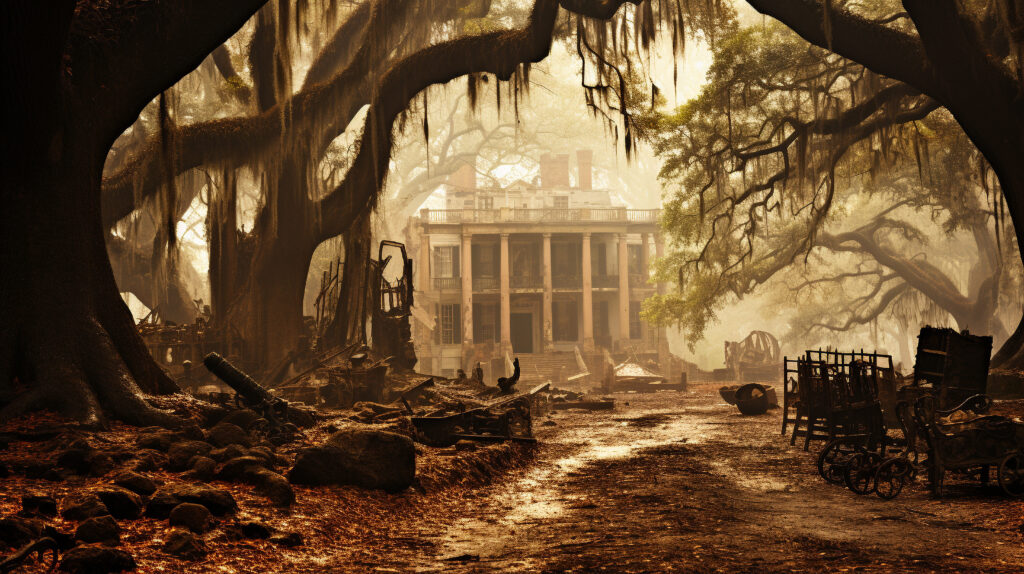
“None of us really changes over time. We only become more fully what we are.”
― Anne Rice, The Vampire Lestat
Romance and horror began as separate genres. They have since intertwined, creating a complex and captivating story. Each genre emerged with its distinct traits. Romance explored idyllic love, emotional bonds, and tender feelings. Horror focuses on our deepest fears, the supernatural, and the unknown. These genres converged over time, creating the tradition of gothic romance.
These genres merged in the Gothic literary movement of the 18th and 19th century, which blurred the distinction between love and fear and investigated unsavory human emotions: Mary Shelley’s Frankenstein (1818) and Emily Brontë‘s Wuthering Heights (1847) are two well-known examples. Love, obsession and terror are interwoven in these novels, which provoke strong feelings.
The genres of romance and horror came into closer contact as literature developed, but perhaps the period that most vividly embodied the mingling of love and terror was the Victorian fascination with the grotesque and the inexplicable. An era that gave us great gothic romances full of forbidden love, tragic loss, and the haunting specters of desire. They are tales of the psyche, of the messy feelings that drive us to love and terrorize us in equal measure.
The 20th century saw further merging of these genres. Authors like Anne Rice redefined gothic horror. Rice’s Vampire Chronicles infused the horror of vampirism with deep, romantic longing. Her vampires were not monsters. They were tragic, sensual beings. They were torn between their thirst for blood and a desire for connection. This portrayal brought a new level of emotional complexity to gothic fiction, making her stories resonate with readers who could see both the beauty and the terror in her characters’ struggles.
This mix of romance and horror shows shifts in literary trends. It shows how these genres have evolved from their traditional roots. They craft tales that evoke powerful emotions and inspire fear. Romance and horror are shaping modern storytelling, influencing each other. They are not rivals, but allies. Together, they explore the human experience.
Pioneers of Blended Genres
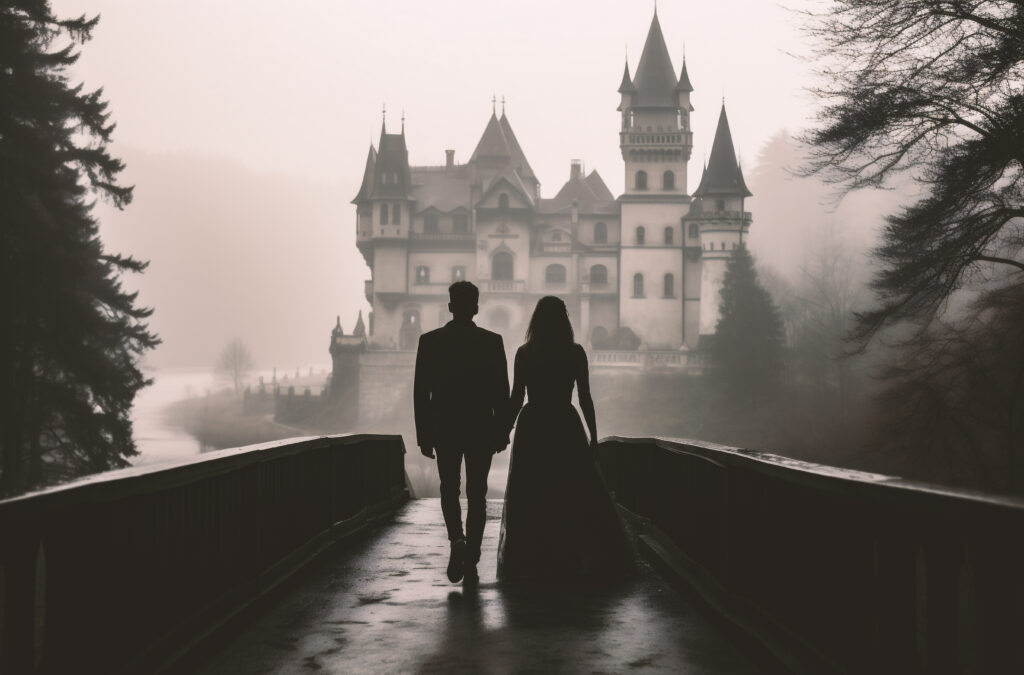
“That which is imagined can never be lost.”
― Clive Barker, Weaveworld
In genre fiction, some pioneering authors have pushed boundaries. They blend horror and romance in innovative, often-overlooked, ways. These writers have deepened both genres. Their stories lingering long after the last page.
In Shirley Jackson‘s masterwork of psychological horror, We Have Always Lived in the Castle (1962), intimacy manifests as terror and alienation: the protagonist speaks from the perspective of one of two sisters who have grown up in exile from the outside world. We Have Always Lived in the Castle is a narrative about the darkly strange space of family or becoming haunted by one’s own past. Jackson’s genius lies in the way she wrote a story that’s equally unnerving and emotionally affecting. Jackson used the way horror could unmask intimacy’s darkest secrets. Her work is central to the marriage of horror and psychology.
Octavia Butler‘s Kindred (1979) blends the genres of horror and romance with history in a novel that transports a contemporary African American woman to the antebellum South and explores slavery and identity. In each of these examples, speculative fiction is used to tackle weighty human issues and emotions. Butler involves readers in a fiction that is quite specific about the lives and times of her characters while also offering something new and unexpected through speculative tropes.
Angela Carter‘s The Bloody Chamber (1979) is one of the best examples of this reimagining and reinvigoration of traditional fairy tales. Carter’s stories are a hybrid of graphic horror and gothic romance. Eroticized, heavy with lyrical language, and nuanced in its negotiation of the inextricable link between fear, desire, and power, these tales are an extraordinary reading experience. A feminist critique of conventional love and romance, Carter’s stories are not just horror but an example of how the boundaries between horror and romance can be blurred and molded. Her writing has greatly inspired many modern writers.
Clive Barker might be the singular voice in horror today because he can make sex and terror go together: these aren’t just interchangeable states of mind but are also inseparable and transgressive and sexy. Barker combines the carnal with the carnivalesque, and the effect is no less delicious because it is nauseating and intoxicating. His work is a nightmare buffet of the grotesque and the gorgeous, but under the candy-colored glaze, there is always a dark tale of compulsive, intoxicating storytelling. He has left a bloody fingerprint on the shoulder of anybody who has chosen to submerge themselves (and their readers) in the psychic, visceral, and sexual psychopathologies of the human beast.
These authors skillfully blended horror and romance, though they don’t get as much attention as writers like Stephen King. Their unique voices and innovative approaches have enriched literature, showing that combining these genres can create deeply layered stories.
The Modern Landscape
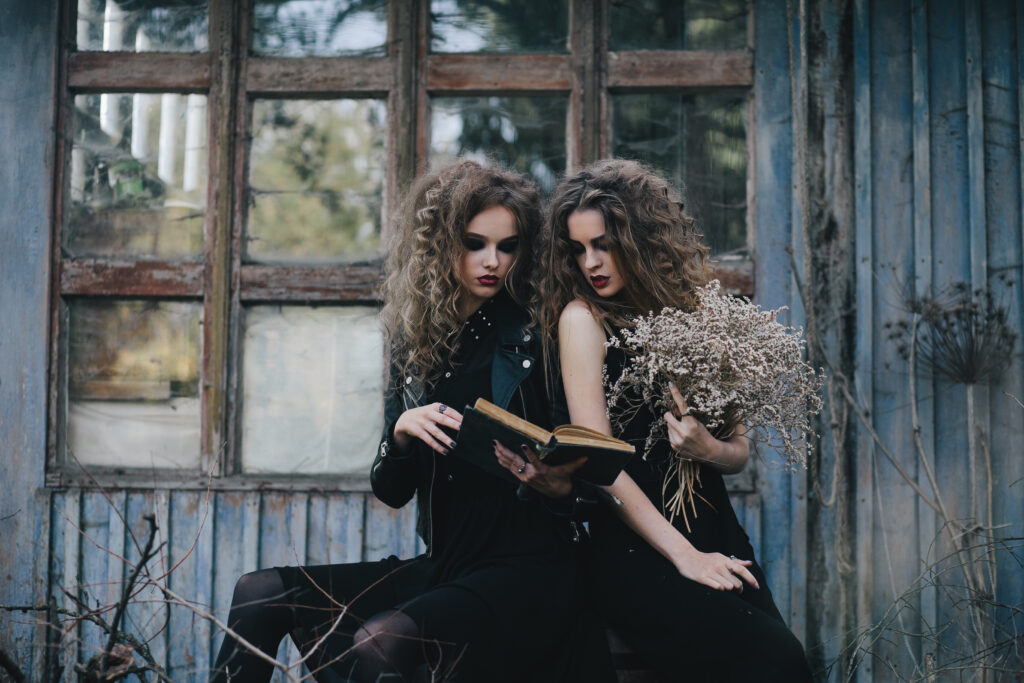
“Stories don’t always end the way they’re supposed to. They don’t always end at all.”
― Simone St. James, Murder Road
Today’s literary world has embraced a new genre that blends romance with horror. Love stories now come with chills and the occasional scream, as if romance decided that a happily ever after needed a few more ghosts and plot twists.
Modern authors continue to explore this mix, transforming love into a thrilling, often spooky affair. This fusion reflects our evolving views on love and fear. Nothing says commitment quite like facing a haunted house or a murderous ghost together.
Take V. C. Andrews, for example. Her gothic novels blend dramatic romance with eerie, unsettling elements. Andrews shows that even in the darkest, most gothic settings, intense love stories can unfold, often accompanied by mysterious and chilling twists. Her tales make it clear that love can thrive in the most sinister environments.
On the flip side, Simone St. James offers darker, suspenseful narratives that combine haunting elements with deep emotional connections. In her stories, love isn’t just tested by shadows—it’s strengthened by them, thriving amidst ghostly whispers and haunted pasts.
This fusion of romance and horror has enriched storytelling, allowing for a deeper exploration of complex emotions and fears. The intersection of these genres reflects the complexities of modern life while maintaining a timeless appeal. As this genre evolves, it promises even more thrilling and captivating stories.
The Enduring Allure of Love and Horror
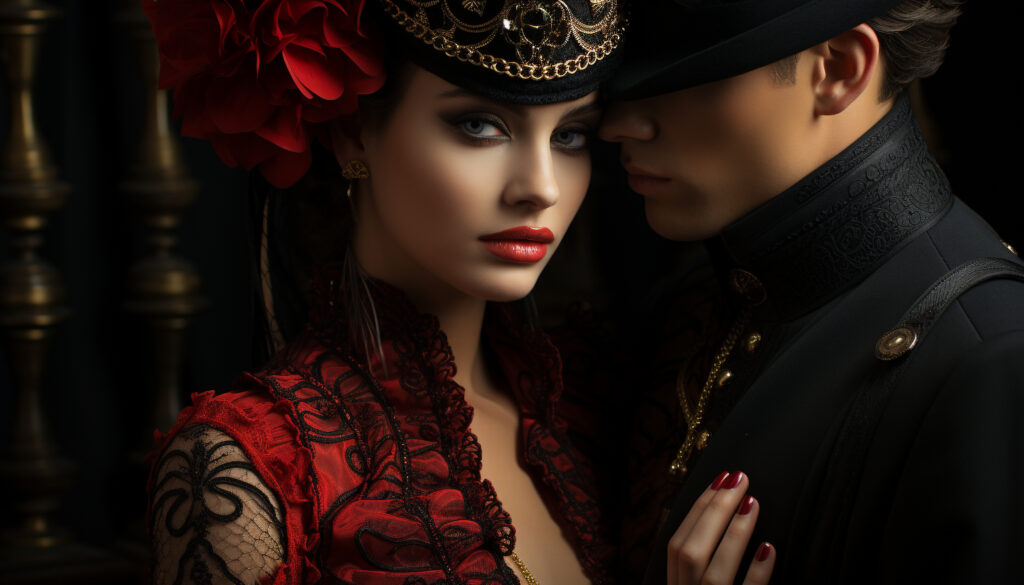
“The great art of life is sensation, to feel that we exist, even in pain,” said Lord Byron, enunciating a basic Romantic idea and, perhaps, hoping that goblins, ghosts, and demons provided some necessary release.”
Exploring the history of romance and horror reveals a fascinating blend of human emotion and creativity. From Mary Shelley’s gothic Frankenstein to today’s mix of fear and desire, these genres have evolved together. They shape and reflect our deepest feelings. A simple pairing has grown into a powerful exploration of extreme emotions. It shows that love and horror are not opposites. They are deeply connected threads in storytelling.
As I looked into this topic, what seemed like a simple exploration turned into a deeper journey. Writing about these genres has broadened my understanding and sparked a desire to share what I’ve learned. Finding stories that blend romance with horror is rare and special.
This series of articles is my tribute to the blend of love and horror. This opening article honors the authors who shaped these genres. I invite you to join me in celebrating the stories and figures that continue to inspire and move us.

